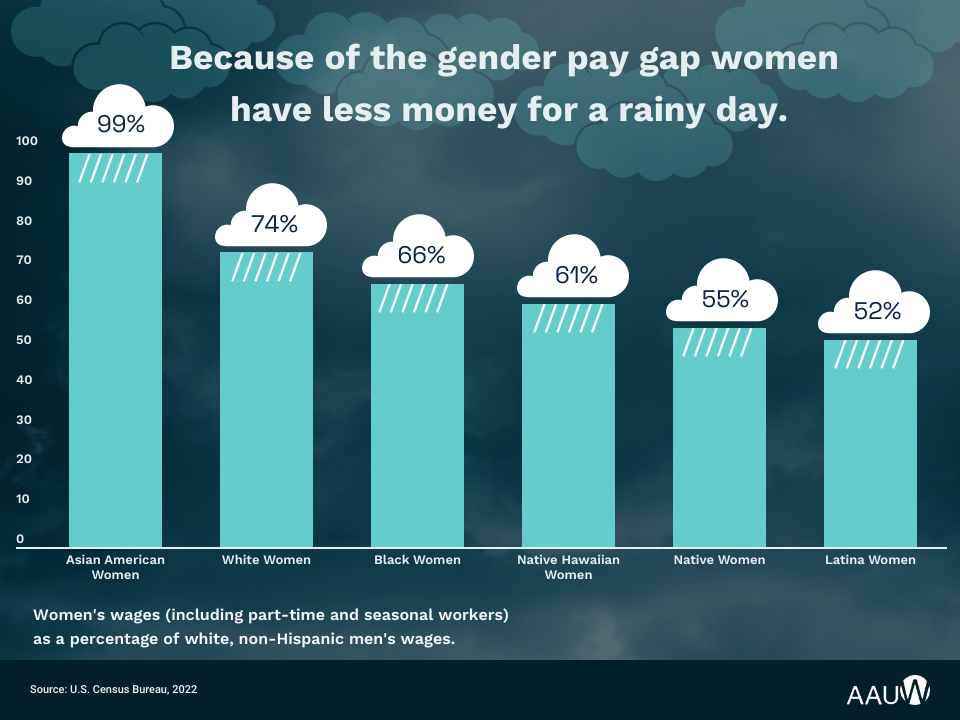The history of the gender and racial wage gaps is inextricably linked to the history of labor in America. From depriving Black women of wages under slavery and its aftermath, to creating lasting disparities in health, education and opportunity for Native women through land theft, to the legal and cultural limitations on women’s ability to earn money, our nation’s story is replete with discrimination and its consequences.
Read the 2021 Simple Truth Supplement


